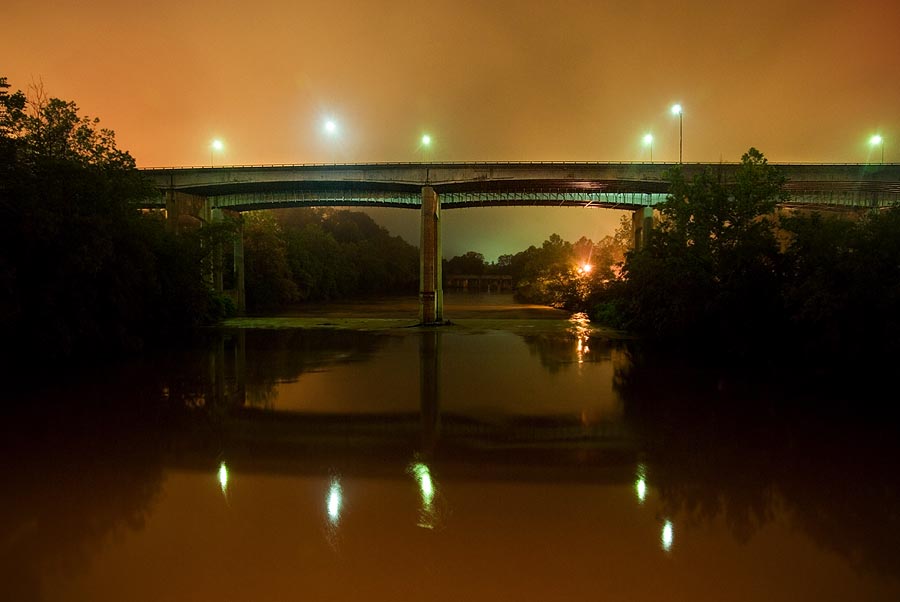
A good journalist knows there’s a lot of power in nomenclature. Names are our first examination of a thing, and through names we form our initial opinions. There is a big difference, for example, in “the Affordable Care Act” and “Obamacare,” or between a “Security Guard” and a “Rent-A-Cop.” If you think it’s a trivial issue, consider the million-dollar difference between “Asheville Civic Center” and “US Cellular Center.”
Famous nature photographer Ansel Adams was instrumental in establishing the National Park system in order to preserve the wild spaces he photographed. He knew that once the collection of trees and rocks he loved so much was given a name—Yosemite National Park—it would be much harder to destroy.
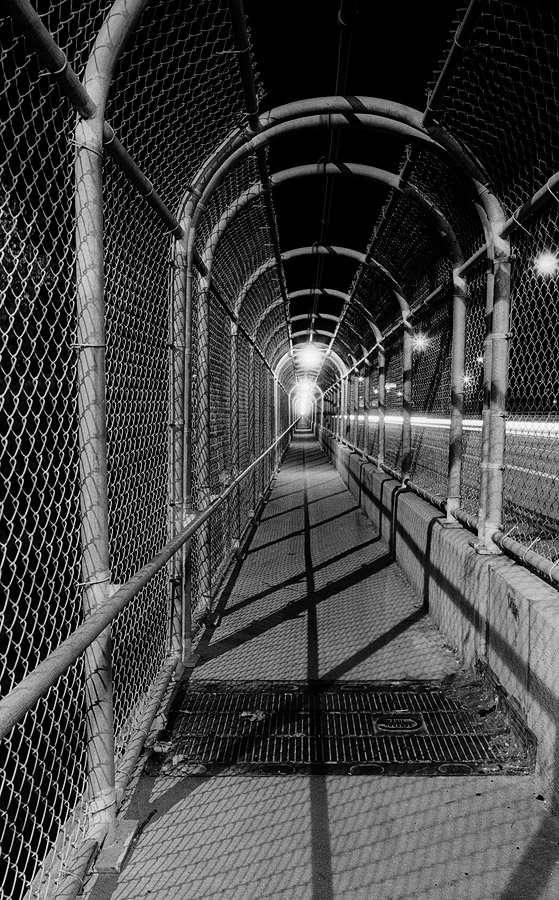
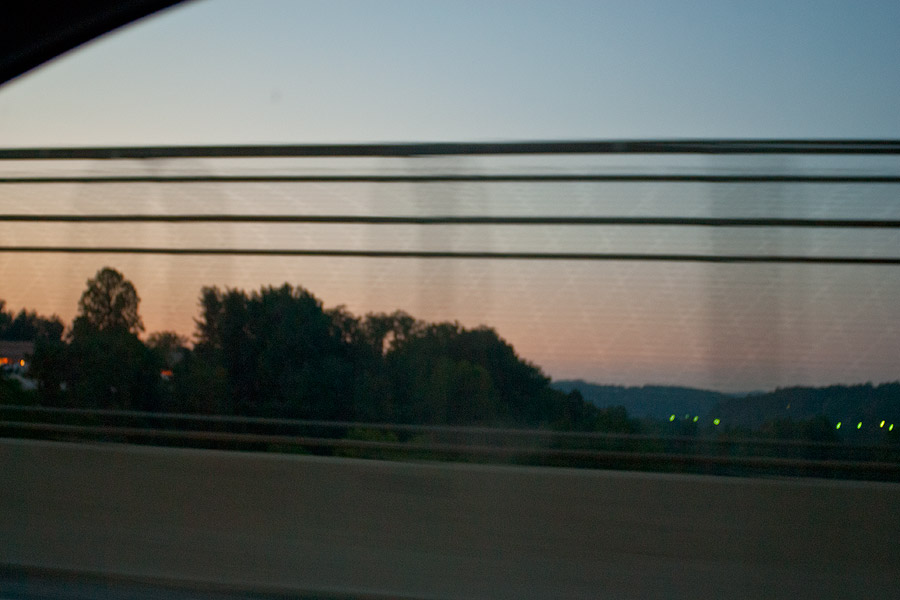
Ansel Adams had Yosemite. Here in Asheville we have the Bowen Bridge. Until last week, it was the Smokey Park Bridge, and we all know the contentious and emotional story of that name change. Personally, I’m very glad to see Cpt. Jeff Bowen recognized, and I hope it won’t offend anyone that in the Argus, the bridge has always been, and will continue to be, the Suicide Bridge.
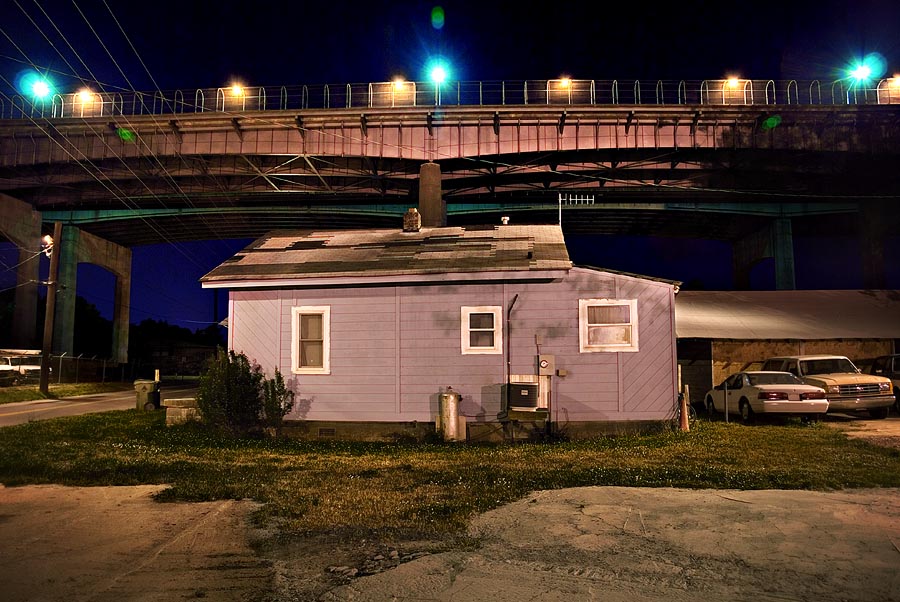
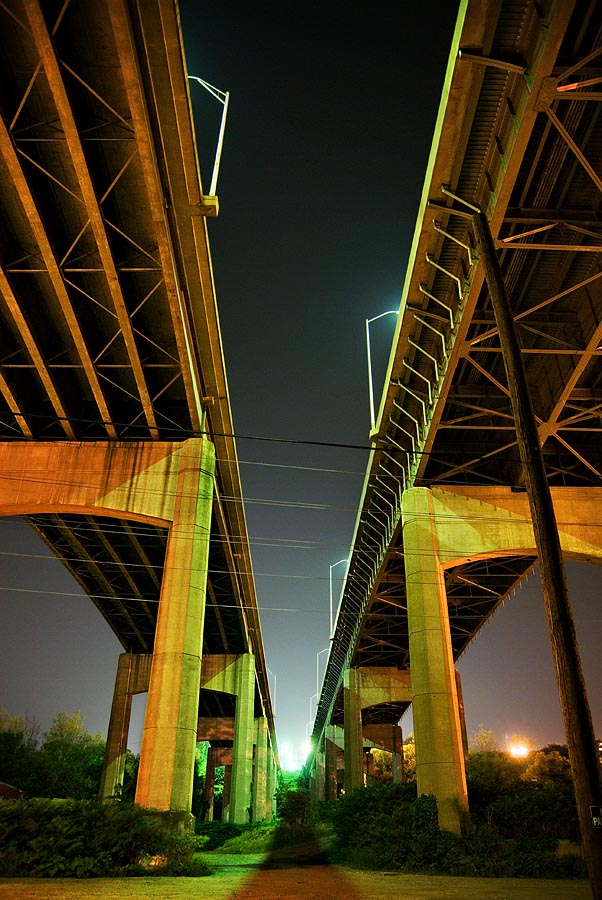
Years ago I was working on a documentary project about the River Arts District, which sprawls out beneath the bridge. During that time, a woman jumped to her death from the western end of the bridge. It made quite an impression on me.
Asheville drivers know that the bridge is a wreck factory. All the traffic of I-26 is condensed into a single lane, merged with the commuter traffic of Patton Avenue, and then given a few hundred yards to slide across three lanes and exit. So radio personalities giving traffic reports name the bridge “Malfunction Junction,” but I wonder if any of their listeners stop to do the math:


Let’s imagine a thousand cars pass over this bridge each day. It takes two cars to make a wreck, and I bet there’s an average of one wreck per day on that concrete span over the river. So every time you pass over the bridge, you have a one in five-hundred chance of being one of those two cars. If you drive over it twice a day, that’s one in two hundred and fifty. Not so much at first glance, but what if you commute over that bridge each weekday for a year? Or ten years?
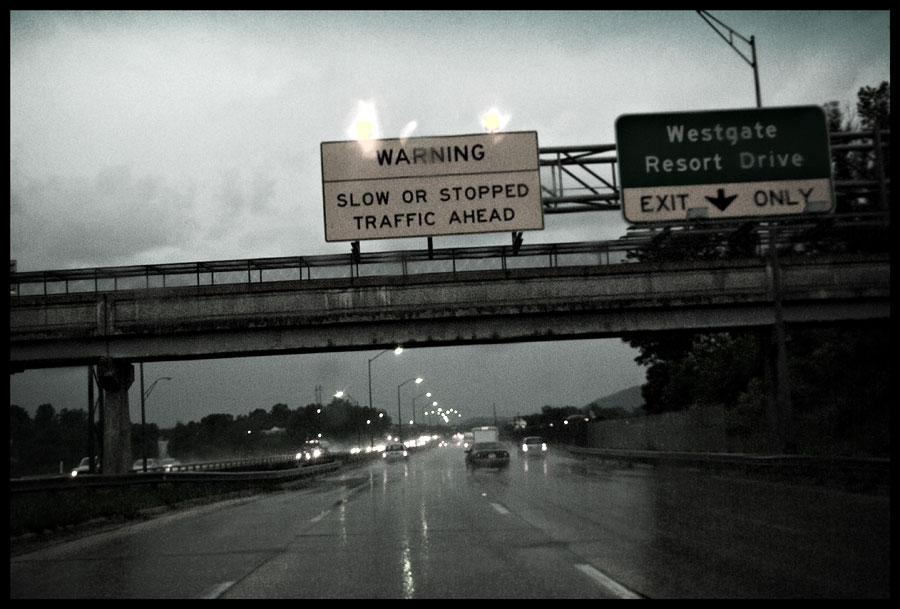
The Bowen Bridge reminds us what we already know—but try to ignore—when we get in our cars each day: We might not make it home. And we don’t all have the noble reasons Jeff Bowen did when he accepted the risks in his job. Most of us start our engines to go to jobs we might not even like, simply to the pay the bills. We roll the dice just to be part of the modern world.

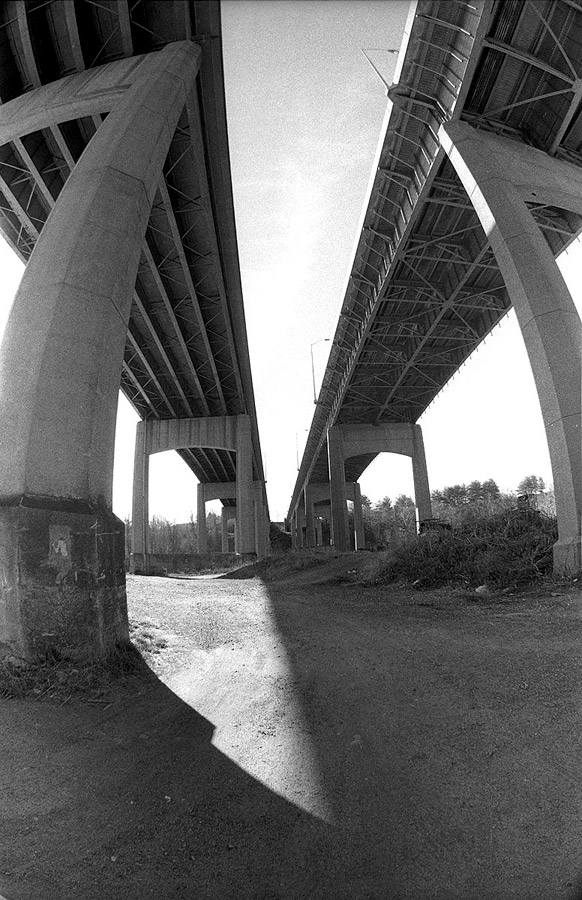
The bridge has always been a symbol to me, a giant structure imposed over the river. It’s everything our society is, wants to be, and takes for granted. We barely think about it, but it makes our lifestyle possible, and it might kill us in the end.
I’ve been photographing it for years. In college photo classes, taking pictures of the bridge was a rite of passage. It’s the biggest structure around, supremely difficult to photograph well, and a lot of us photogs cut our teeth on its utilitarian form. Like the mountains, it’s size makes it both the focus and the background of any photo.
And, whether we like it or not, it’s a fundamental part of Asheville. From the commuters that cross it, to the tourists just passing over it, to the people that sleep beneath it, the Bowen bridge holds us together.
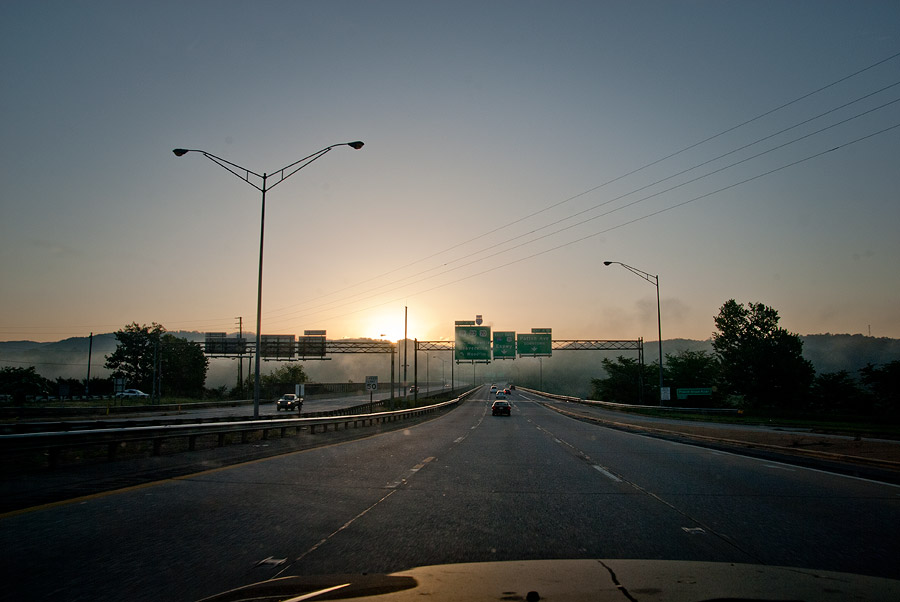
Follow on Twitter: @DarkTopo
Other dispatches from the Asheville Argus:
A pre-dawn Bele Chere ghost town
Open letter to photo-phobes
Archive Purge
Parking
The Midnight March
TANSTAAFL
Downpour
Cats and Dogs
The Leader
The Asylum
Signs
The Lay of the Land
Merry Christmas from the Asheville Argus
Myopia
Crying Wolf
Birds, Part II
Birds, Part I
Eyes on the Street
The Public Space
Collected Street Portraits
The Day it All Started
Fog on the Top Deck
Two Storms
Introducing the Asheville Argus



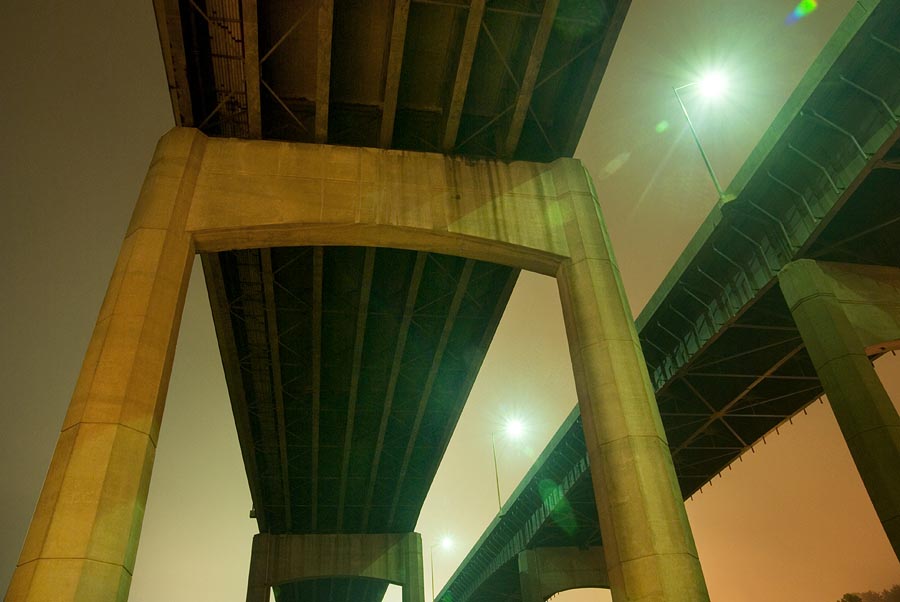


1000 cars a day!? This sounds extremely underestimated and traffic moves 2 directions on the highway. So “doing the math” only works with accurate numbers but what are the odds of getting those?
According to the DOT Website at
http://www.ncdot.gov/travel/statemapping/trafficvolumemaps/default.html
The “Annual Average Daily Traffic Count” for the Bowen Bridge is 97,000.
Alright, so my math is way off. What about wreck figures, though?
Nice photos, are they available to buy anywhere?
By your previous method we would divide 97K by 2(it takes two cars to make a crash) and again by 2(most people cross the bridge twice a day) for a ratio of 1 chance in 23,750 that any one car & driver will crash that day. Further divide by 260 days each year (5 work days x 52 weeks), there is a 1 in 91 chance that any single daily commuter will be in a crash on the Bowen Bridge this year.
Of course, each day that you DON’T have a crash, your odds improve, so by this month, if you have not crashed, your odds are about 1 in 250 that you will be in a crash between now and December 31.
Feel better?
I think I goofed on the first paragraph, that 97K is an annual figure, not a daily one. But the number in the end is accurate as it is an annual average.